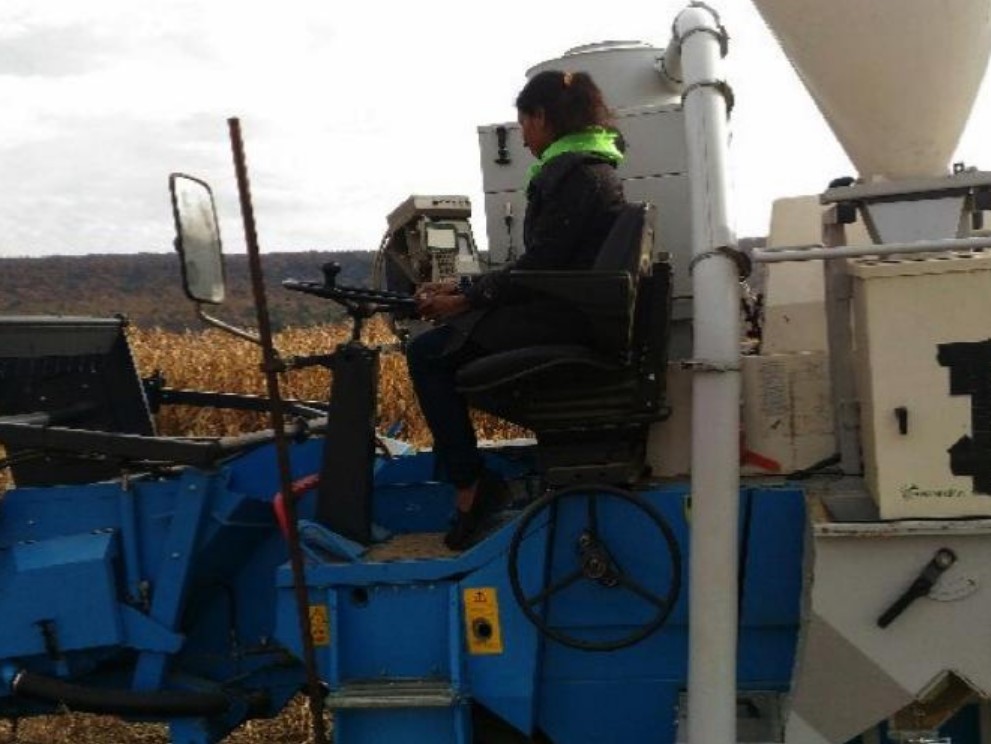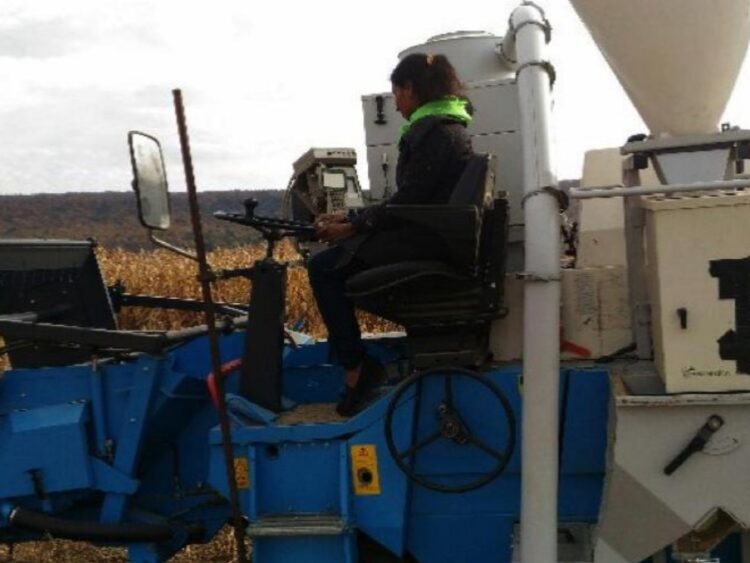UNIVERSITY PARK, Pa. — Most viral infections negatively affect an organism’s health, but one plant virus in particular — soybean vein necrosis orthotospovirus, often referred to as SVNV — may actually benefit a type of insect that commonly feeds on soybean plants and can transmit the virus to the plant, causing disease, according to Penn State research.

Credit: Asifa Hameed
UNIVERSITY PARK, Pa. — Most viral infections negatively affect an organism’s health, but one plant virus in particular — soybean vein necrosis orthotospovirus, often referred to as SVNV — may actually benefit a type of insect that commonly feeds on soybean plants and can transmit the virus to the plant, causing disease, according to Penn State research.
In a laboratory study, the Penn State College of Agricultural Sciences researchers found that when soybean thrips — small insects ranging from 0.03 to 0.20 inches long — were infected with SVNV, they tended to survive longer and reproduce better than thrips that were not infected.
Asifa Hameed, who led the study while completing her doctoral degree in entomology at Penn State and is now a senior scientist of entomology at Ayub Agricultural Research Institute in Multan, Pakistan, said the findings give key insight into how the virus spreads in plants and affects its insect hosts.
“In addition to prolonging the life of the insects, SVNV infection also shortened the doubling time of soybean thrip populations,” Hameed said. “This means infected thrips populations grew much more quickly, which could enhance the spread of the virus to additional soybean plants.”
According to the researchers, who recently published their findings in the journal Insects, soybean vein necrosis is a disease that affects soybean plants and is caused by SVNV. It can be spread by either infected seeds or infected soybean thrips. The thrips contract the virus as larvae by feeding on infected leaves and then can pass the virus to additional plants through their saliva, mainly during thrips adulthood.
Once a plant is infected with the virus, the pathogen first attacks the veins of the leaves, causing them to turn yellow. This yellowing then can spread to other parts of the leaves, which eventually may develop brown lesions. If the disease progresses long enough, the leaves turn necrotic and fall off. SVNV also can reduce the amount of oil and proteins in the seeds and can lower seed germination rate and seed weight.
Cristina Rosa, associate professor of plant virology in the College of Agricultural Sciences, said because the virus was discovered in 2008 and therefore is relatively new, not much is known about how to predict or manage the disease.
“Since there are no cures for plants infected with viruses, control of the virus vectors [thrips] is one of the best options for virus disease management,” she said. “Knowing the identity, biology, transmission propensity, and changes in behavior and physiology of the thrips that transmit soybean vein necrosis virus is fundamental to designing soybean vein disease prevention programs and to calculating the economic threshold of any intervention.”
To begin the study, the researchers collected soybean thrips from soybean fields at the Penn State Russell E. Larson Agricultural Research Center before releasing them onto soybean plants in the researchers’ lab. Thrips and plants were monitored regularly for SVNV infection using real-time polymerase chain reaction, or PCR, testing.
The researchers then monitored the thrips through two generations, noting variables such as lifespan, mortality, fertility and reproduction.
After analyzing the data, the researchers found that the prepupal stage as well as total immature lifespan and adult lifespan were all shorter in thrips not infected with the virus. Overall, the infected thrips tended to survive longer.
“We also found that infected thrips tended to produce more offspring,” Hameed said. “On average, uninfected females produced 84 eggs on average while those infected with SVNV produced 89.”
The researchers also calculated the population doubling time, which is the amount of time it takes a population to double in size. Among uninfected thrips, the doubling time was around four days. In the SVNV-infected population, the doubling time was just half a day.
While more research is needed to better understand the interaction between soybean thrips and SVNV, the researchers noted that one possible explanation for why SVNV resulted in increased survival for the thrips may be an increase of amino acids in the virus-infected plants, which may have benefitted the insects.
Edwin Rajotte, professor of entomology, also advised Hameed during this research.
The Pennsylvania Soybean Board, the U.S. Department of Agriculture’s National Institute of Food and Agriculture, and the Fulbright organization supported this work.
Journal
Insects
DOI
10.3390/insects13070632





